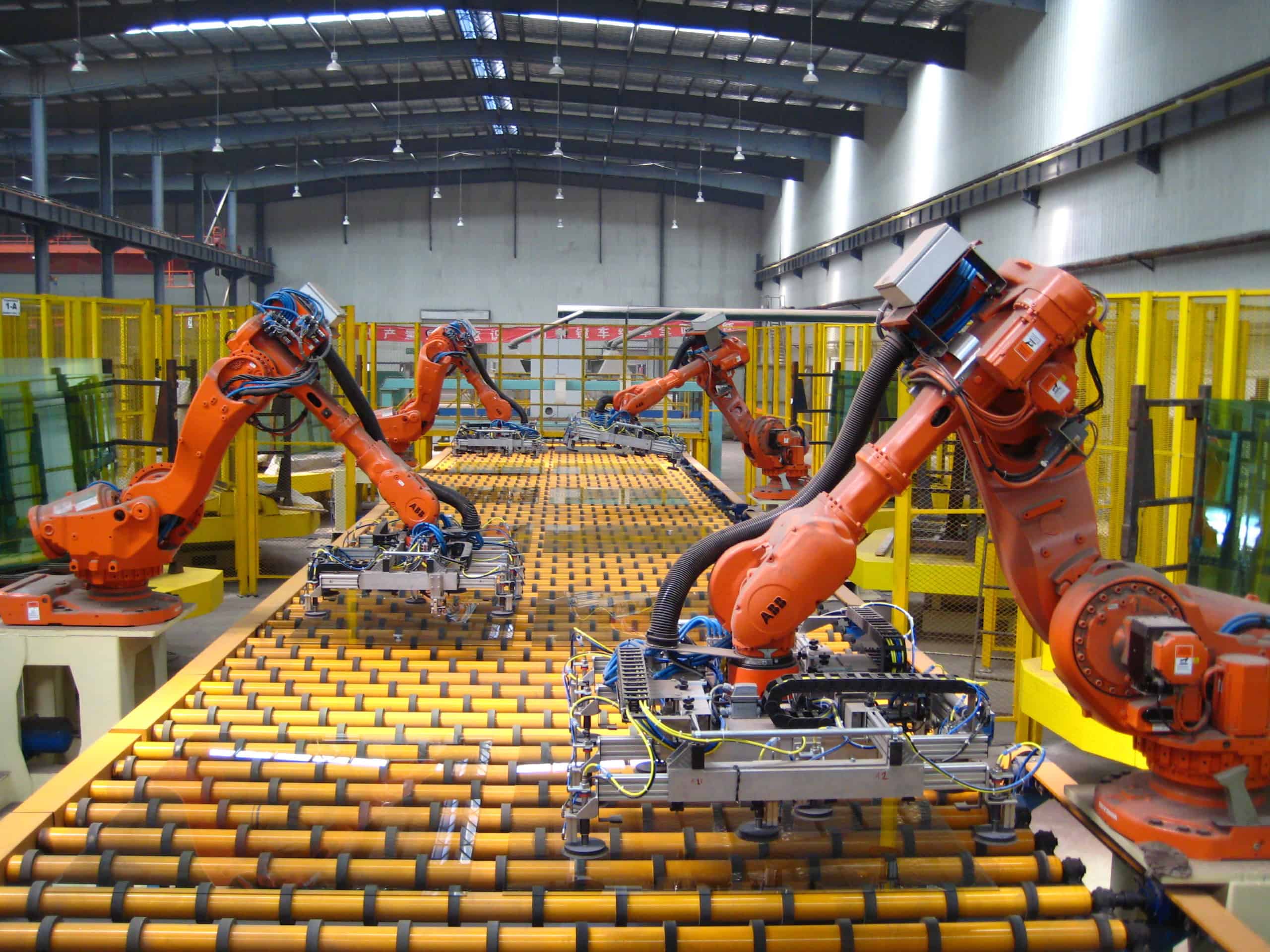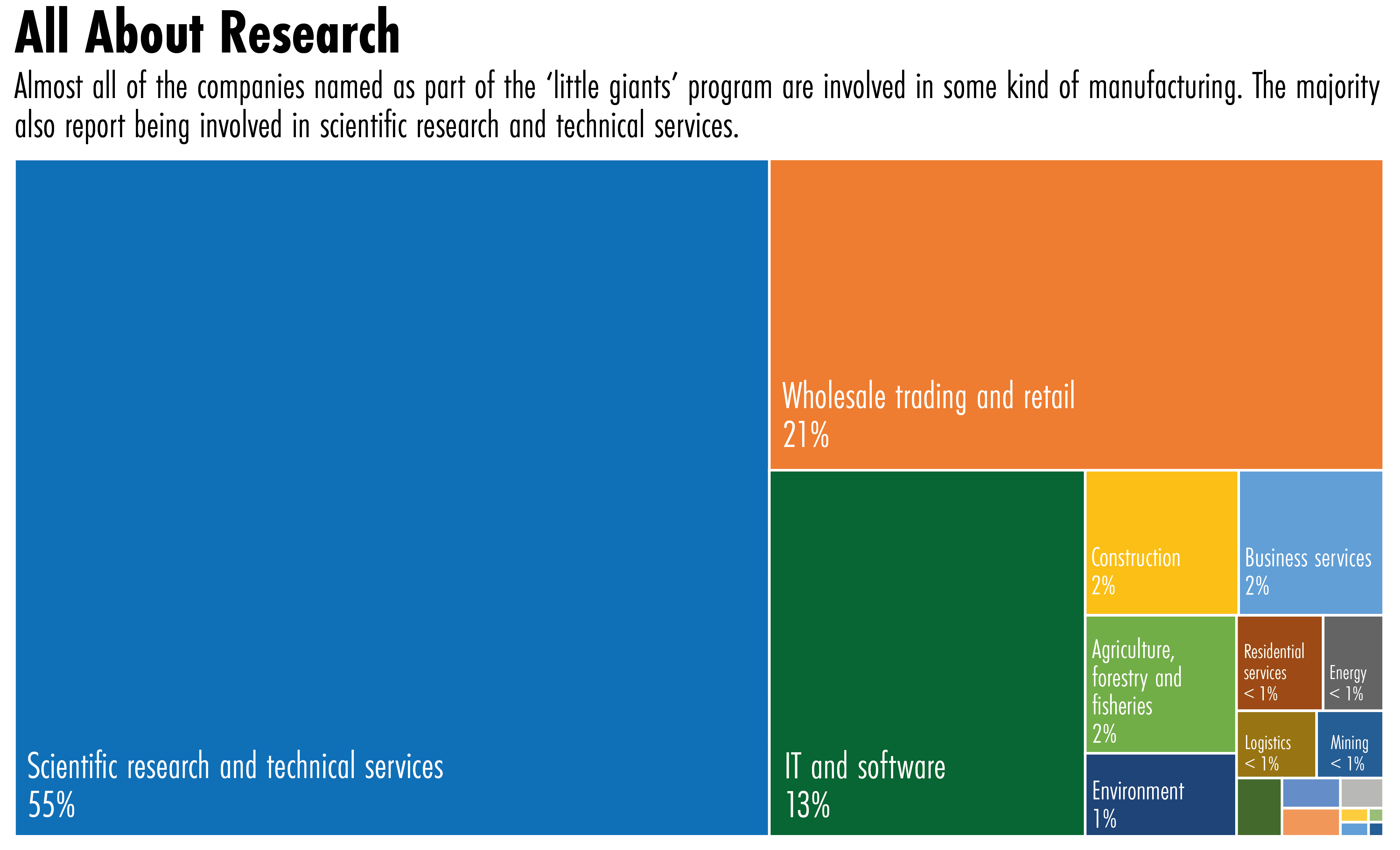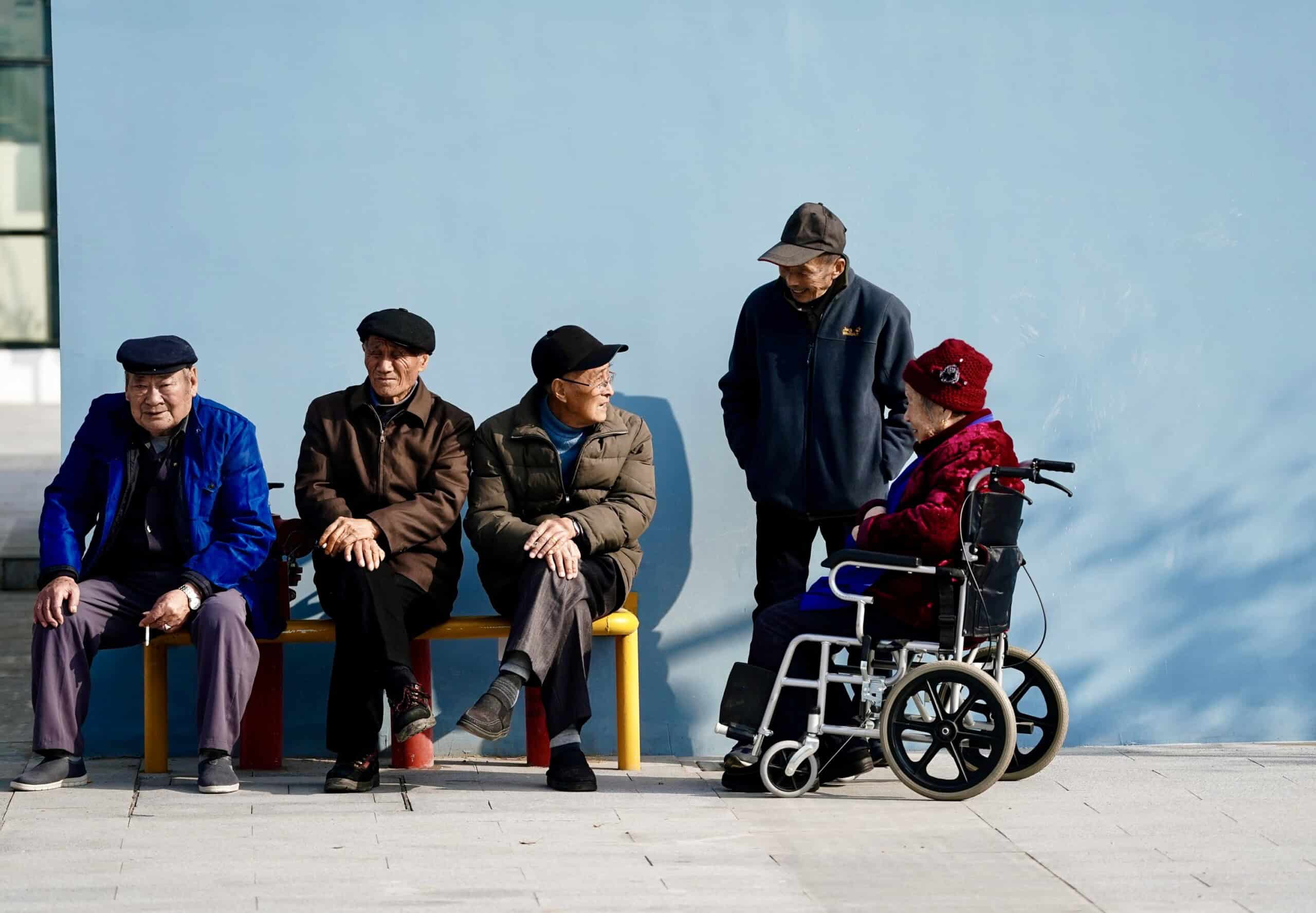
As China’s crackdown on its tech giants rolls on, a new group of companies has come into favor with the state: the ‘little giants.’
That’s the special title that Beijing has given to around 4,700 mostly little known small to mid-sized companies in strategic sectors like advanced manufacturing, software and robotics. The government hopes that showering them with its endorsement and financial incentives will help supercharge their growth and, eventually, make the companies essential links in global supply chains.
The “little giants” also fit into China’s drive for self-reliance, as relations with the West sour. A dispersed network of highly-specialized companies will be harder to sanction than a few name-brand mega-corporations like Huawei — or so the thinking goes.
Still, some observers have expressed doubts about the program. This week, The Wire looks at China’s little giants initiative: the companies involved, its European analogues, and why some people aren’t so sure of its success.

MADE IN CHINA, INSPIRED BY GERMANY
The concept of the little giants appeared as early as the 2000s, but gained renewed relevance after Beijing pledged in its annual government work report last month to double down in support of small to mid-sized enterprises. Unlike China’s consumer tech giants like Alibaba, which have become household names, the ‘little giants’ are scattered throughout the supply chain — while some provide finished products, others produce specialized goods and services further upstream.
Beijing’s ambitious plans include committing 10 billion yuan’s ($1.5 billion) worth of grants and subsidies to 10,000 companies in total by 2025. The government’s seal of approval may be just as important in boosting these companies’ appeal to other investors.
“A lot of money has flowed out of the consumer and internet business, and funds and ordinary investors need to park their money somewhere,” says Angela Zhang, an expert on Chinese antitrust regulation at the University of Hong Kong. “Many might look at the little giants as good investment opportunities.”
Chinese policymakers have drawn parallels between the little giants and Germany’s Mittelstand, a horde of mid-sized firms that dominate niche markets with their highly specialized products. These companies include some well-known consumer brands like Rimowa and Sennheiser, but most are more obscure, like Webasto, a maker of sunroofs, or Krones, which makes plastic bottles.
China’s little giants plan differs from the Mittelstand model in that German authorities never explicitly picked winners to support. “Mittelstand is not a program, but a description of the makeup of the German economy,” says Alexander Brown, an analyst at the Mercator Institute for China Studies (MERICS), a Berlin think tank. “Many companies have been established for decades and are very old, and have grown to do their one thing really well and feed into greater supply chains and dominate niche markets, often on a global scale.”
Brown says the eligibility criteria for the little giants program appear reasonably sound. Candidates are selected based on financial performance, intellectual property and strategic relevance. They’re also required to allocate a minimum proportion of their employees to R&D activities, a factor reflected in company registration data, which show a large proportion of the little giants are involved in scientific and technological research.
WASTE NOT?

As Beijing looks to ramp up the little giants program — it wants to select 3,000 more candidates for the program this year — there is concern that this may come at the cost of quality. Some investors have also expressed wariness about the ambiguity of the selection process and a lack of detail about exactly how the 10 billion yuan allocated to support the little giants will be used.
“It’s something that could be attractive, but at this point there’s not a lot of meat on the bones,” says Gary Rieschel, a venture capitalist. “I have low expectations of the government’s ability to pick winning companies. I view this more as a government promotion program than something meaningful in terms of the long-term success of these companies.”
Beijing’s shotgun approach is likely to be by design, despite such investor skepticism.
“This is essentially part of the experimentation process that Chinese policymakers have been using for decades,” says HKU’s Zhang. “At the first stage you have intense competition among companies, and that in itself is a good selection process. Rather than investing very heavily in a few players from the start, this method will probably end up being more cost effective.”
TWO COMPANIES
Not all of the ‘little giants’ are so little. Some are publicly listed with market capitalizations in the billions, like Walvax Biotechnology, a vaccine maker that is currently trying to produce a homegrown mRNA Covid vaccine. Other firms are owned by powerful state-owned enterprises, such as Huayou New Energy Technology, a firm that conducts R&D on battery inputs, which is majority owned by Huayou Cobalt, China’s massive cobalt mining juggernaut.
Here are two companies that have been selected as little giants:


Eliot Chen is a Toronto-based staff writer at The Wire. Previously, he was a researcher at the Center for Strategic and International Studies’ Human Rights Initiative and MacroPolo. @eliotcxchen



